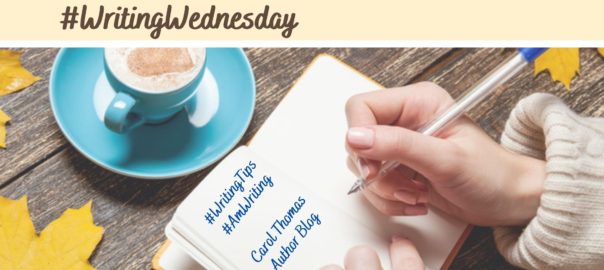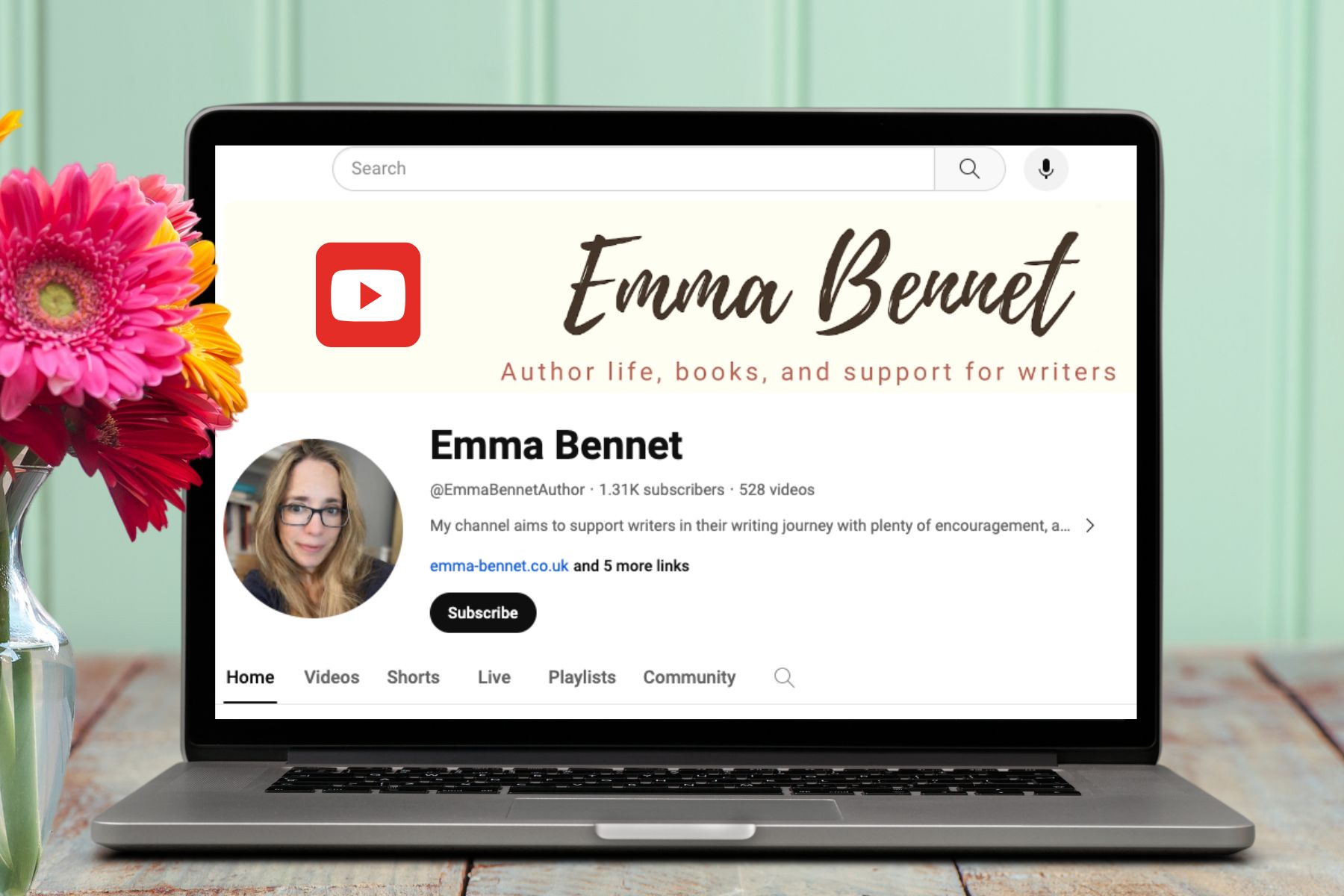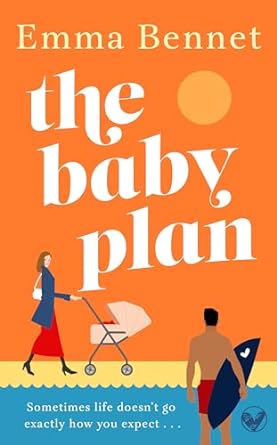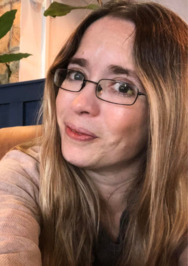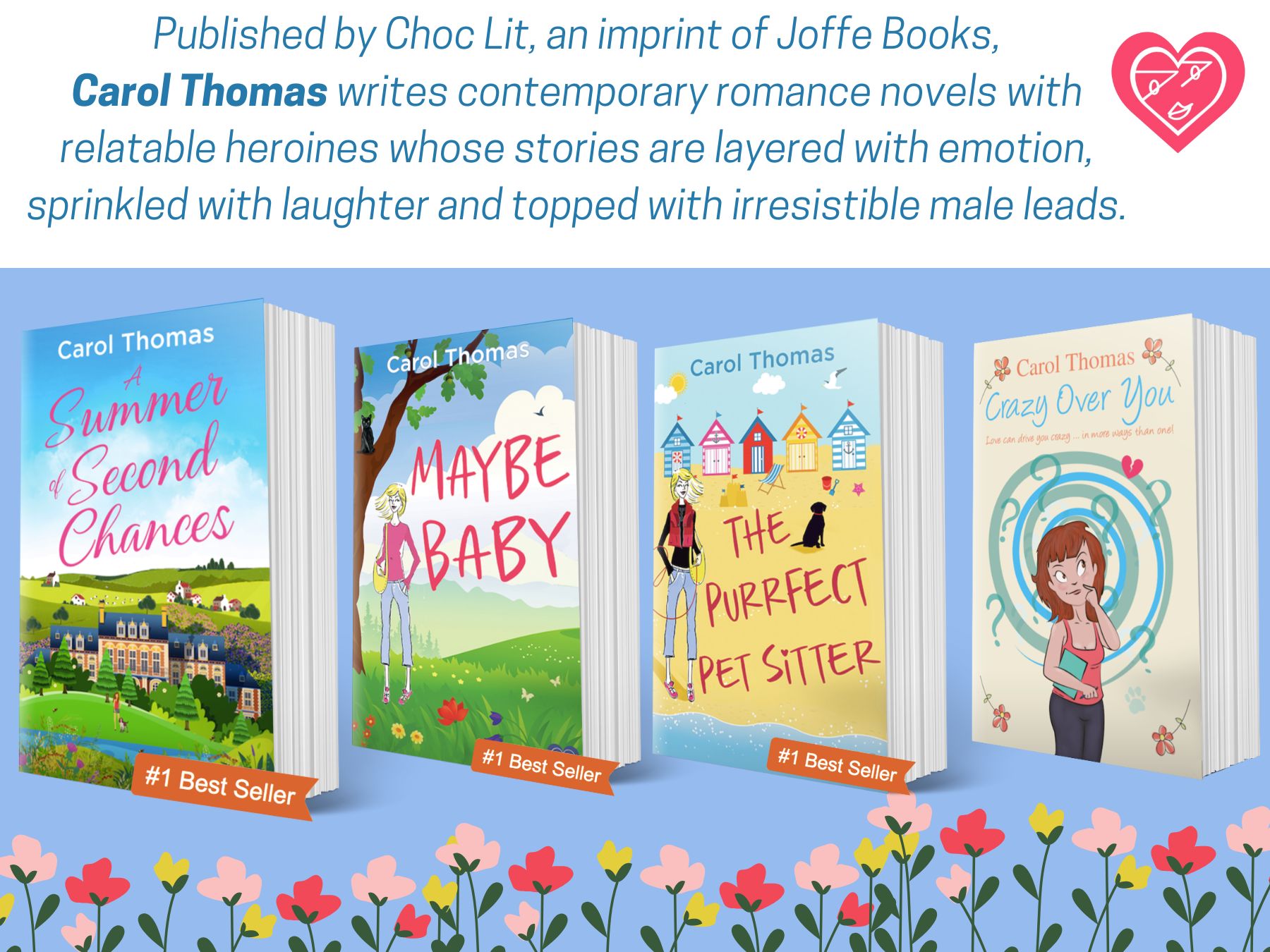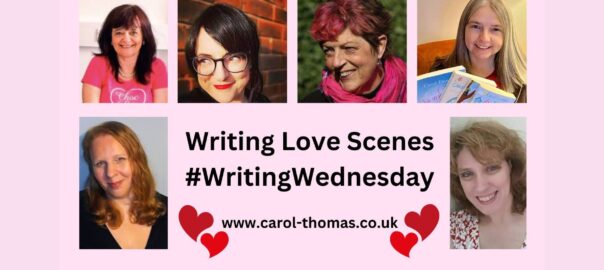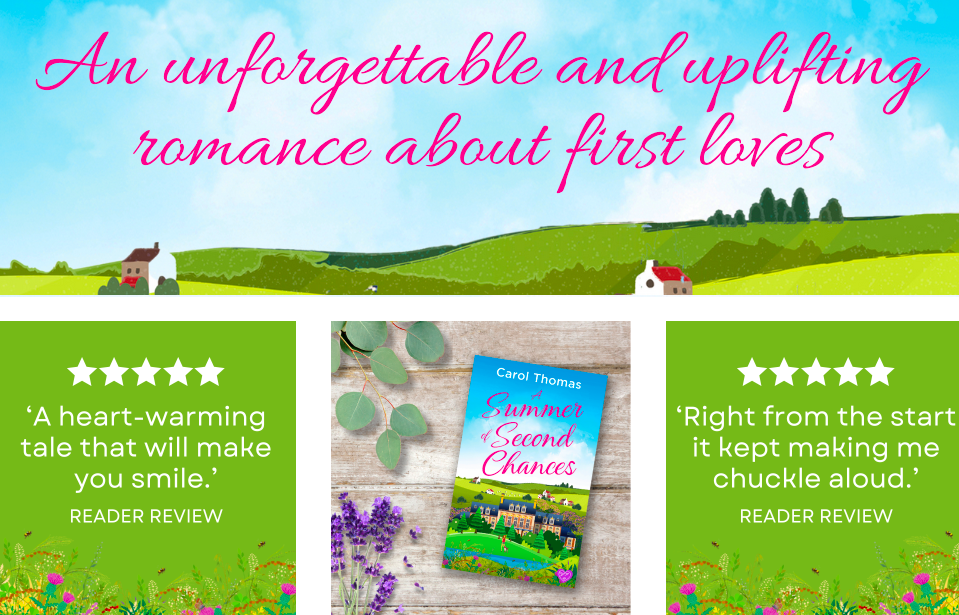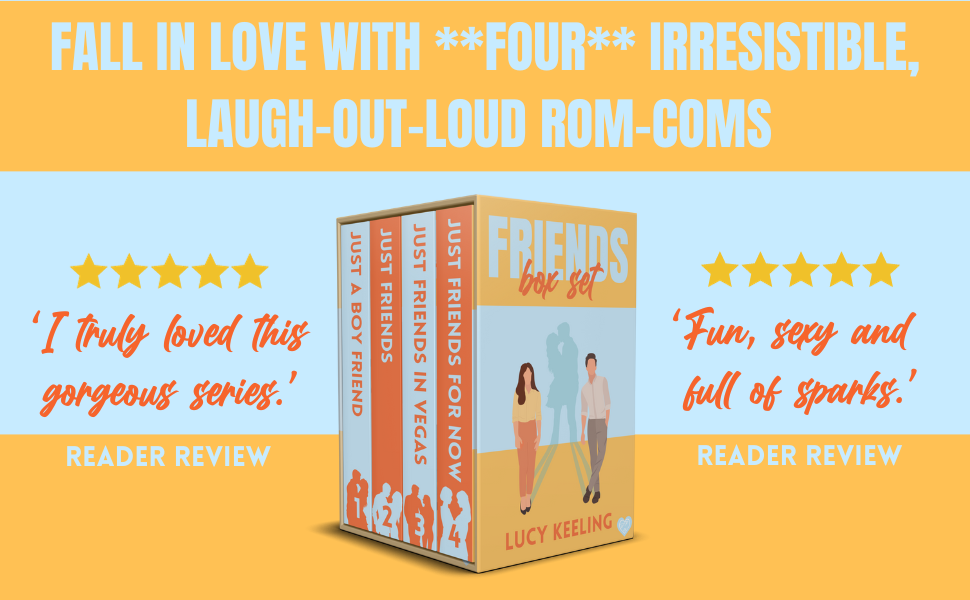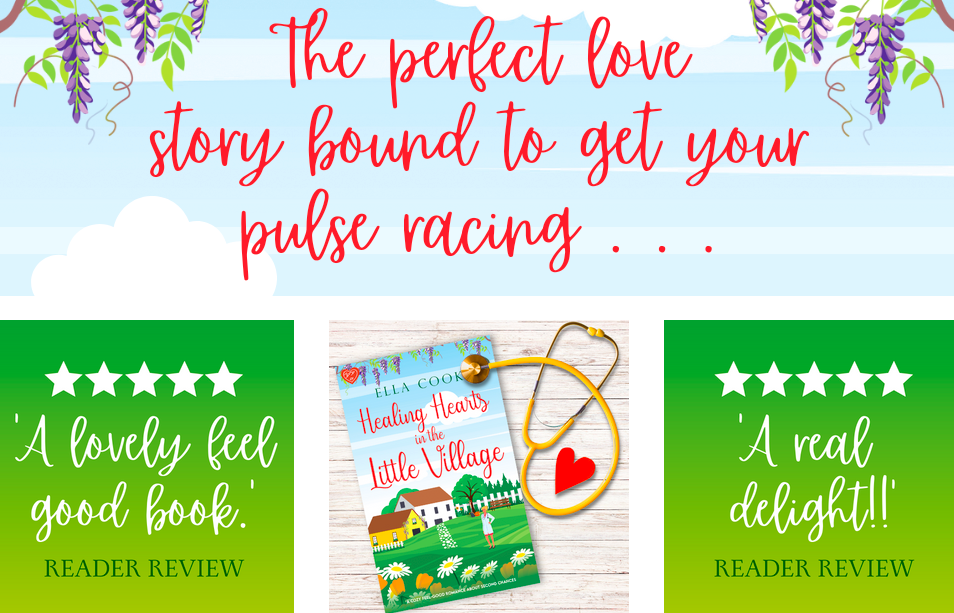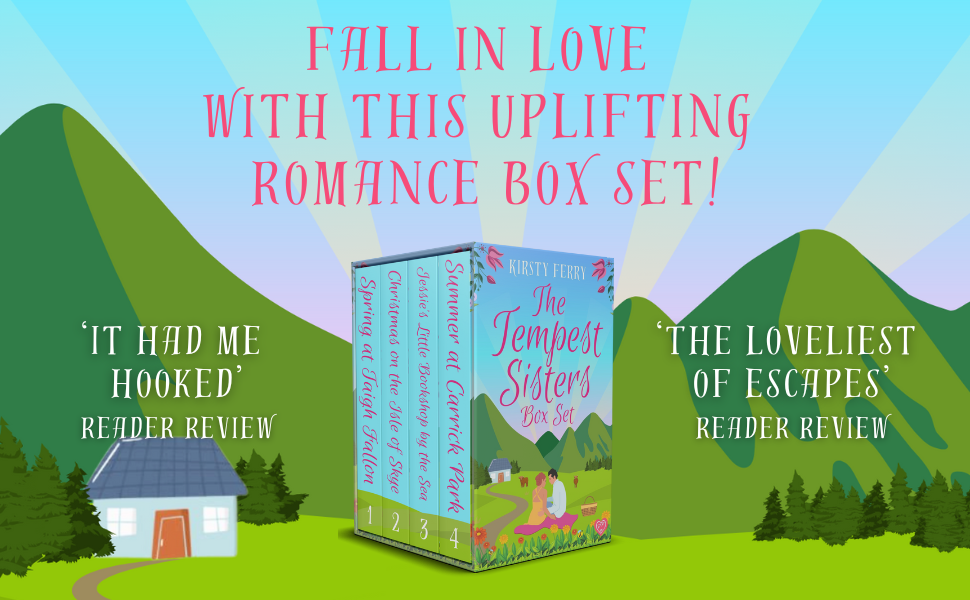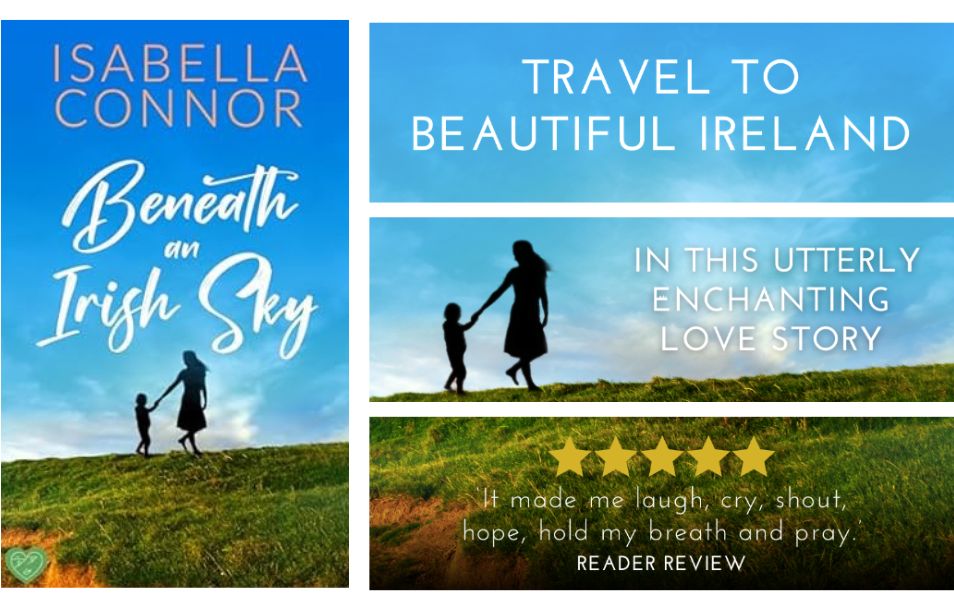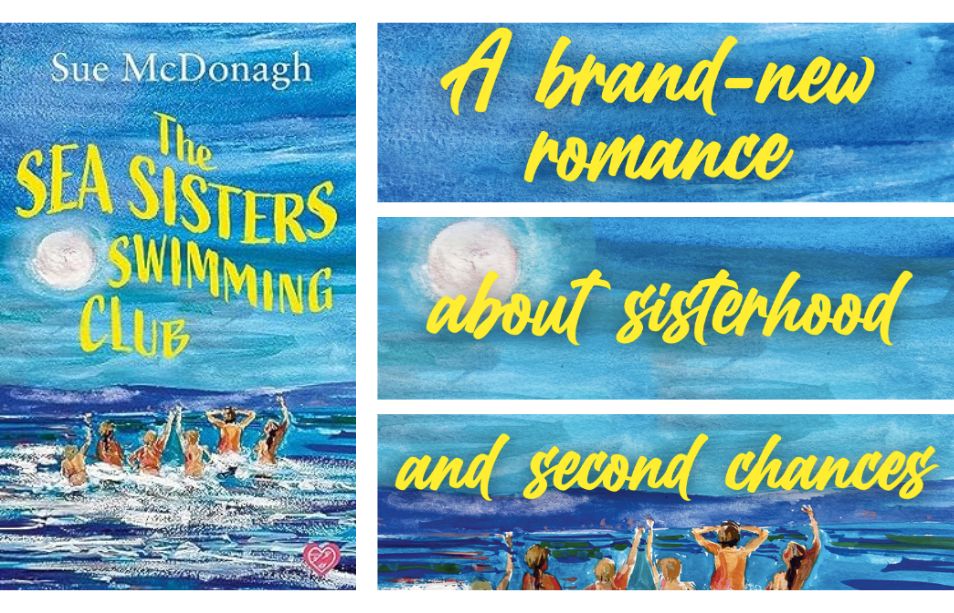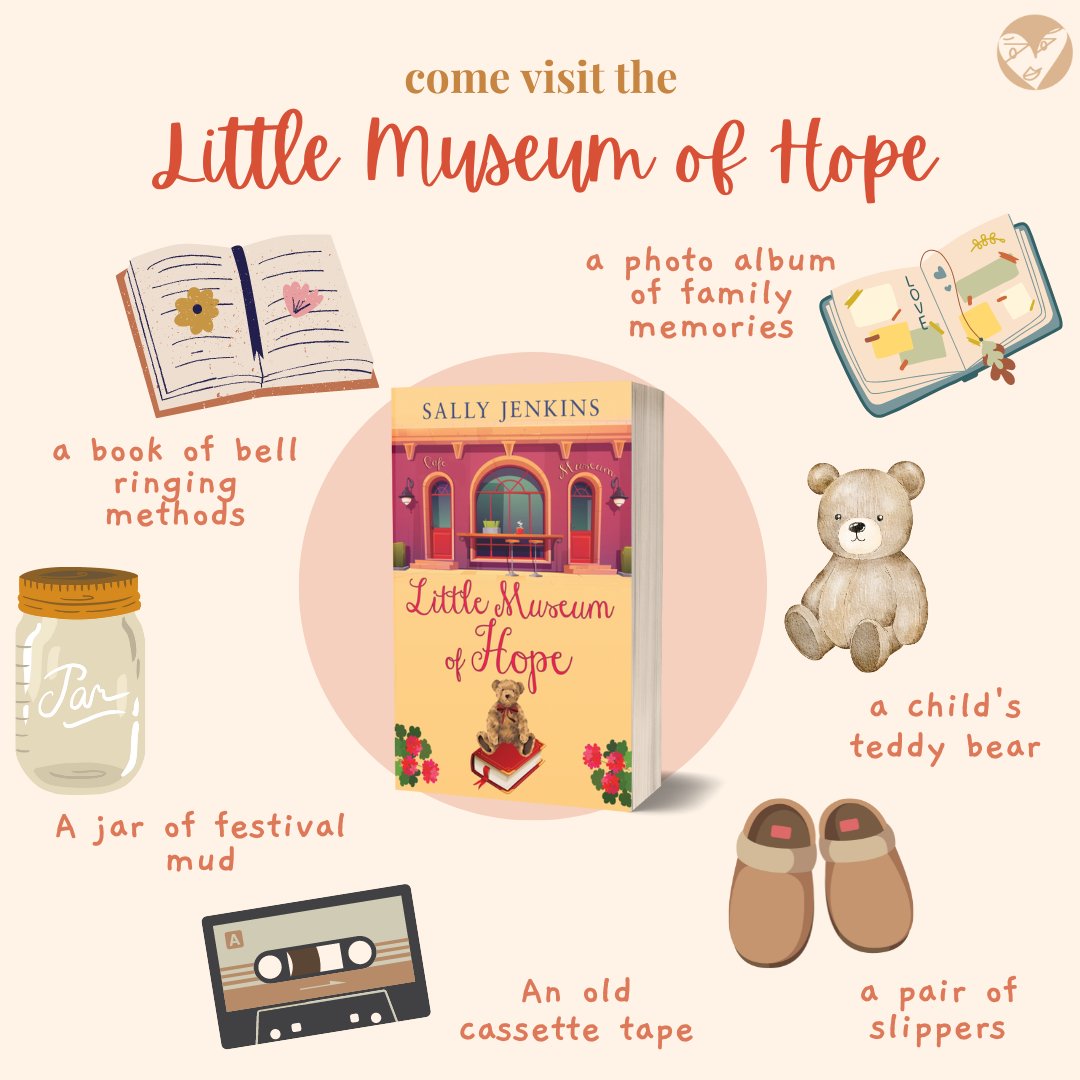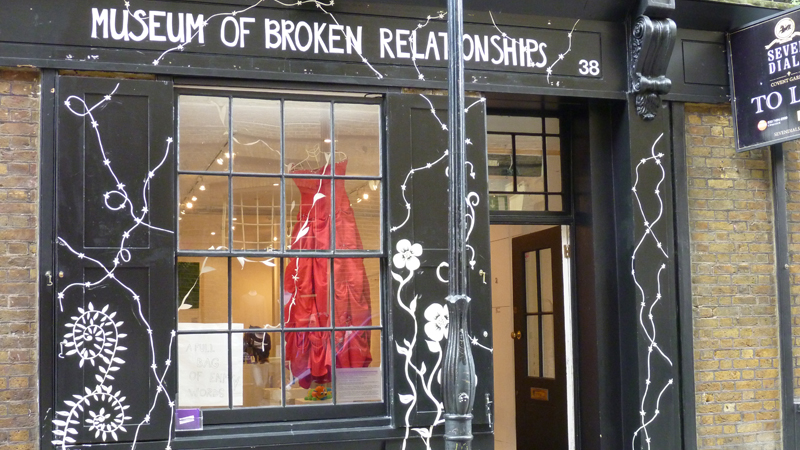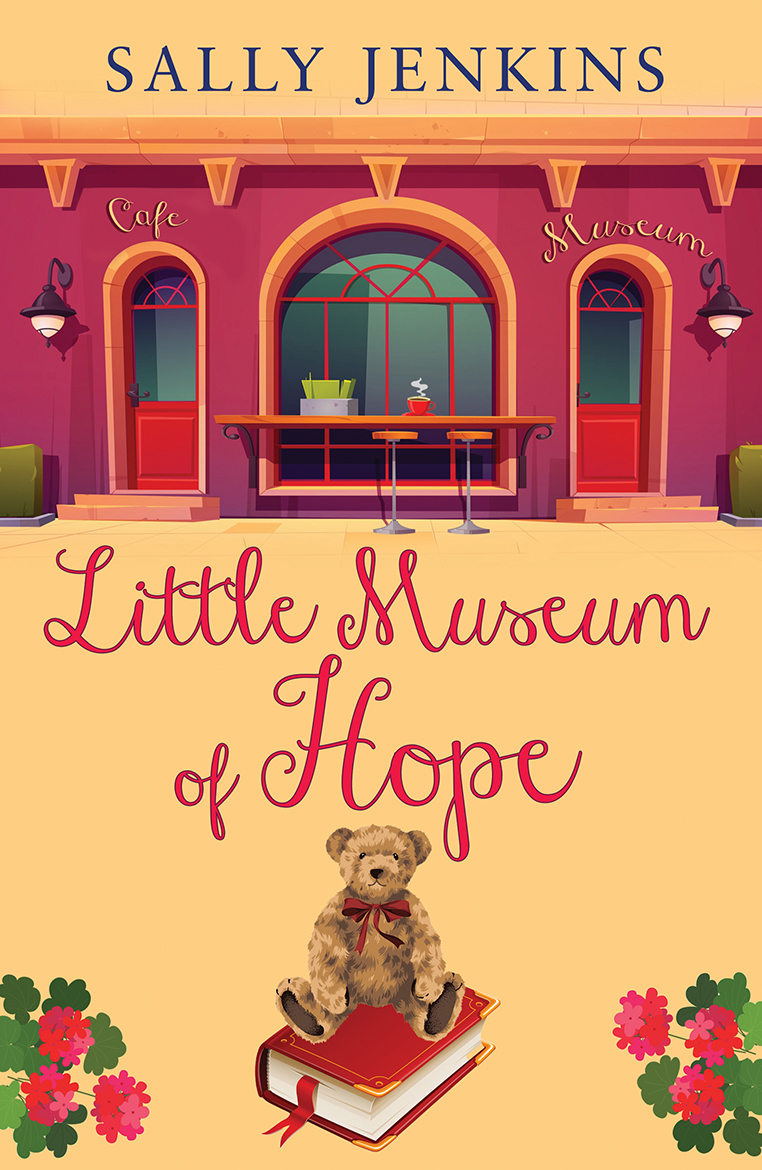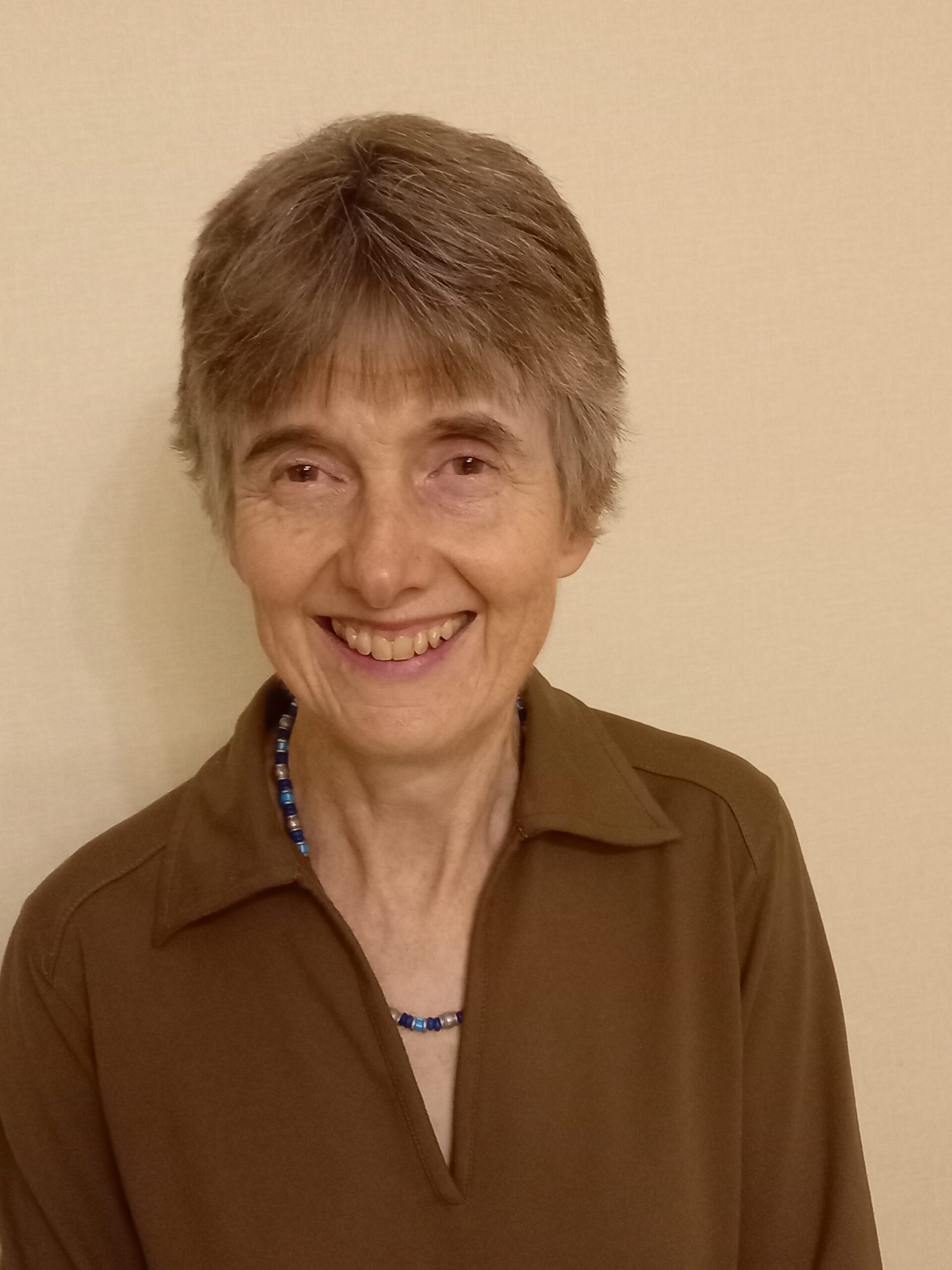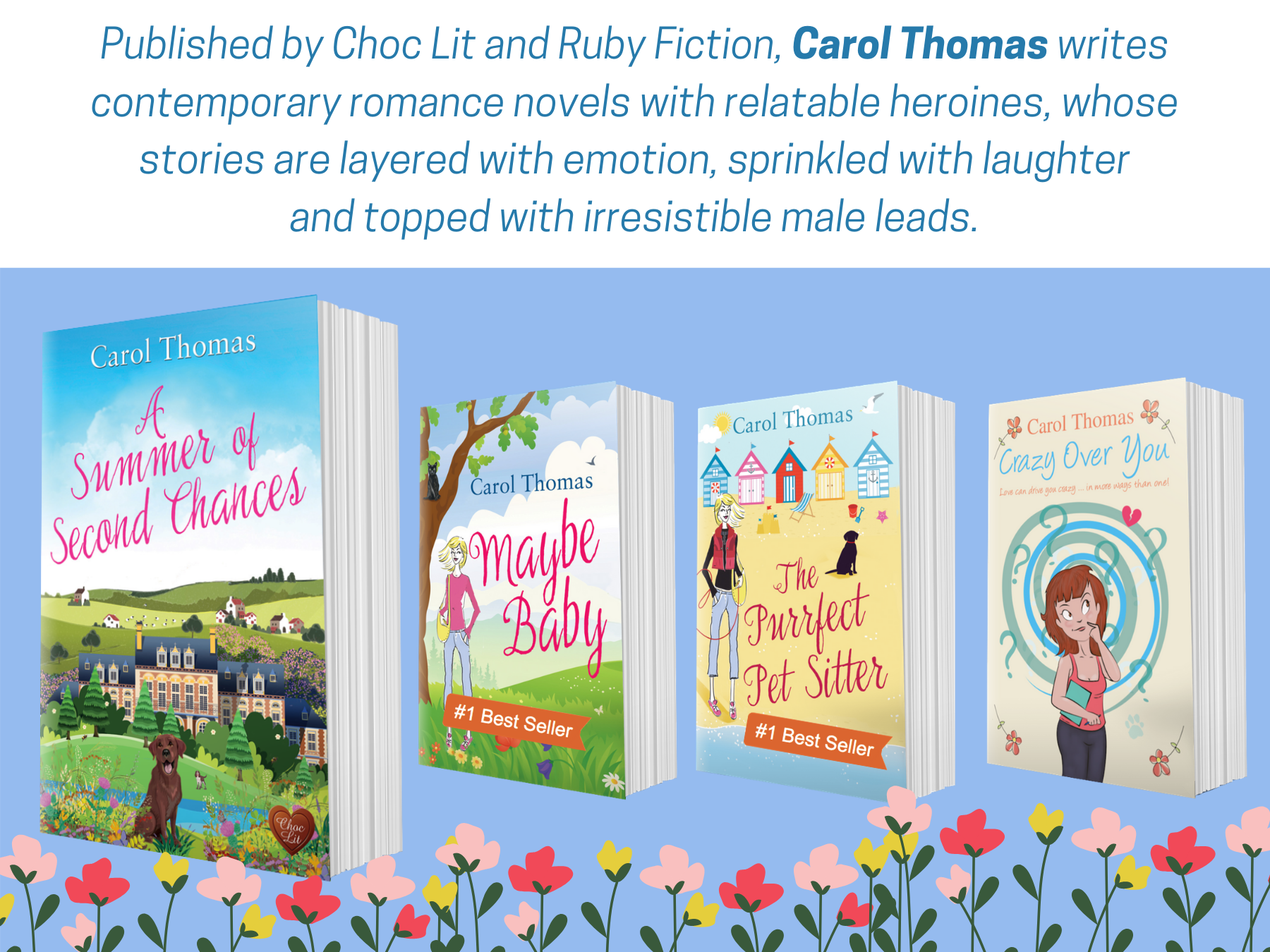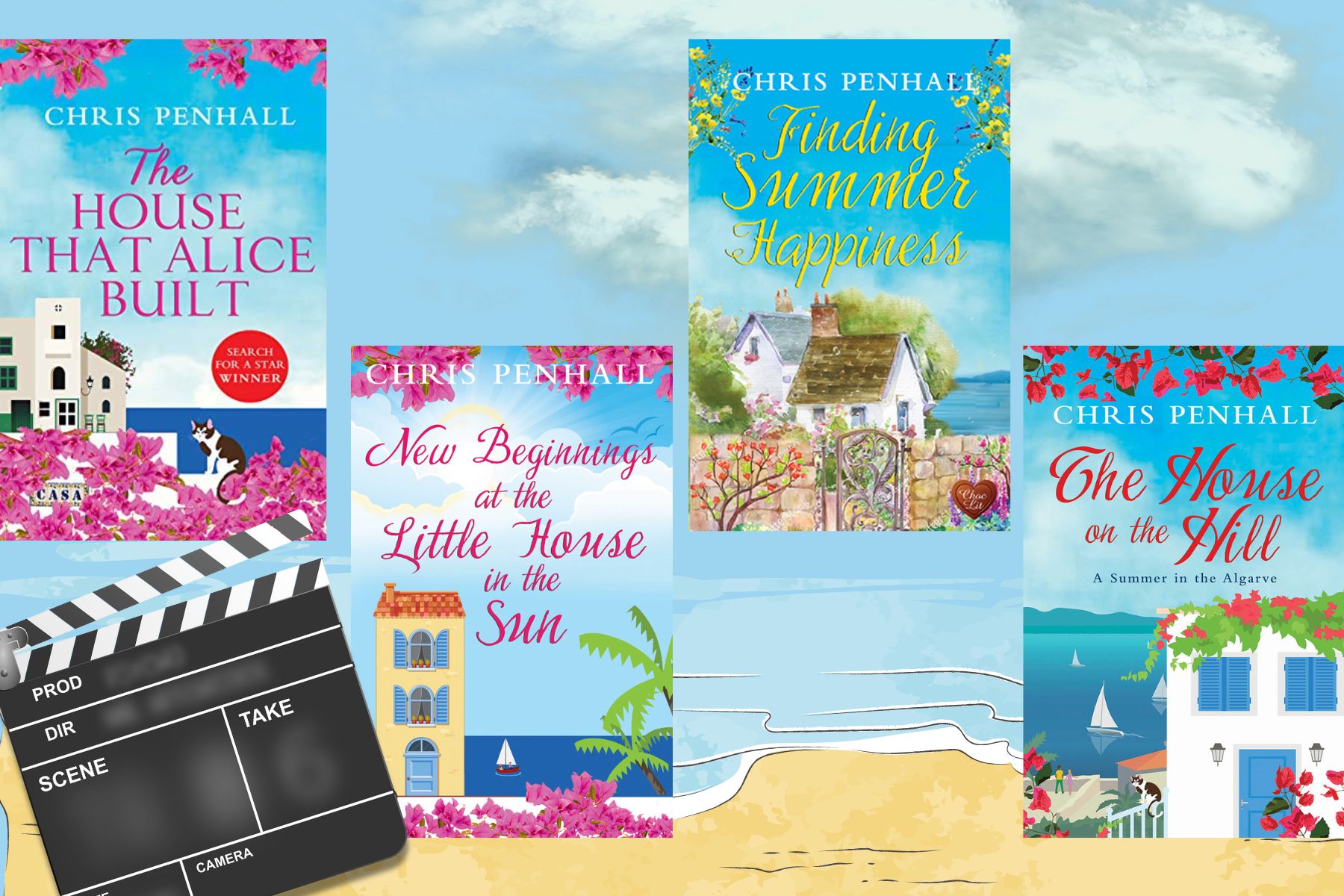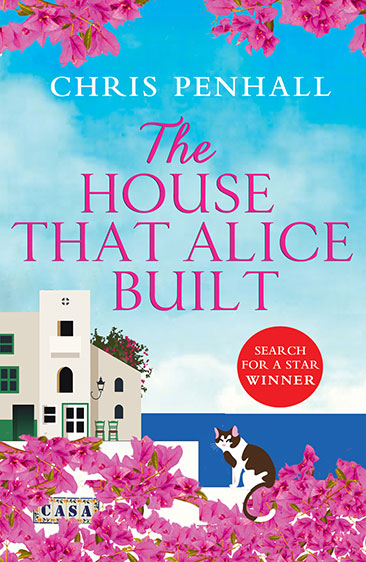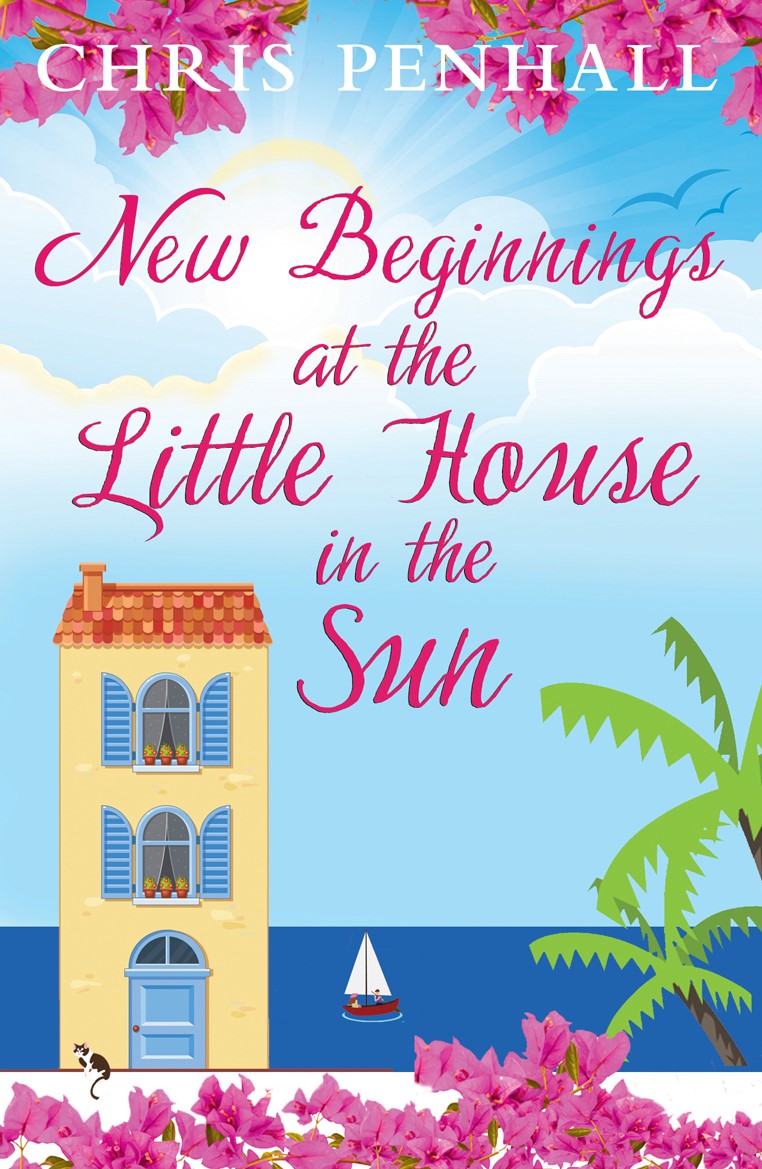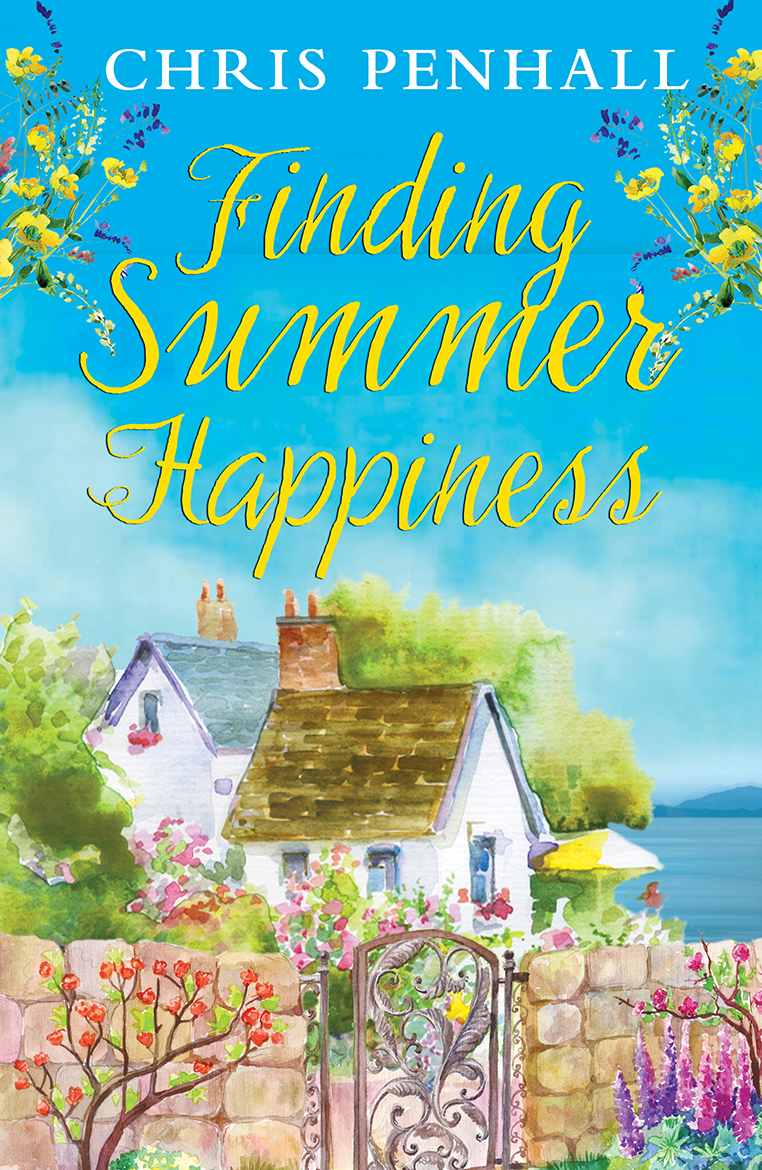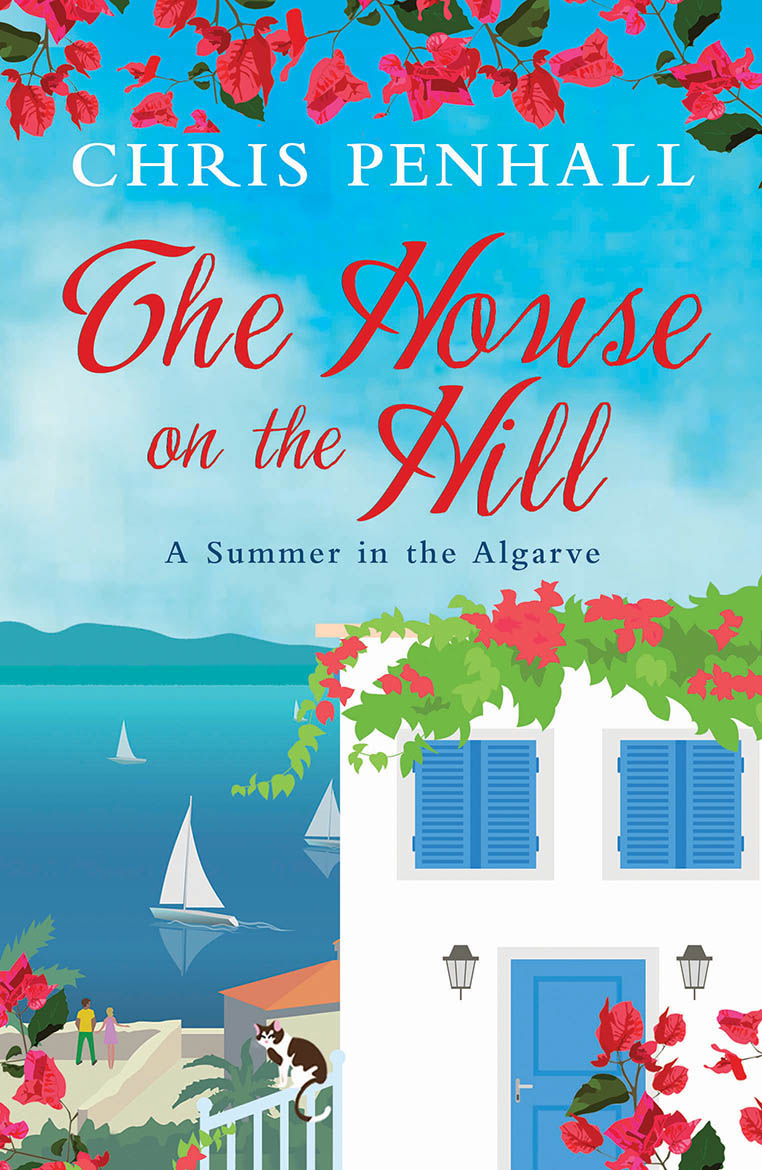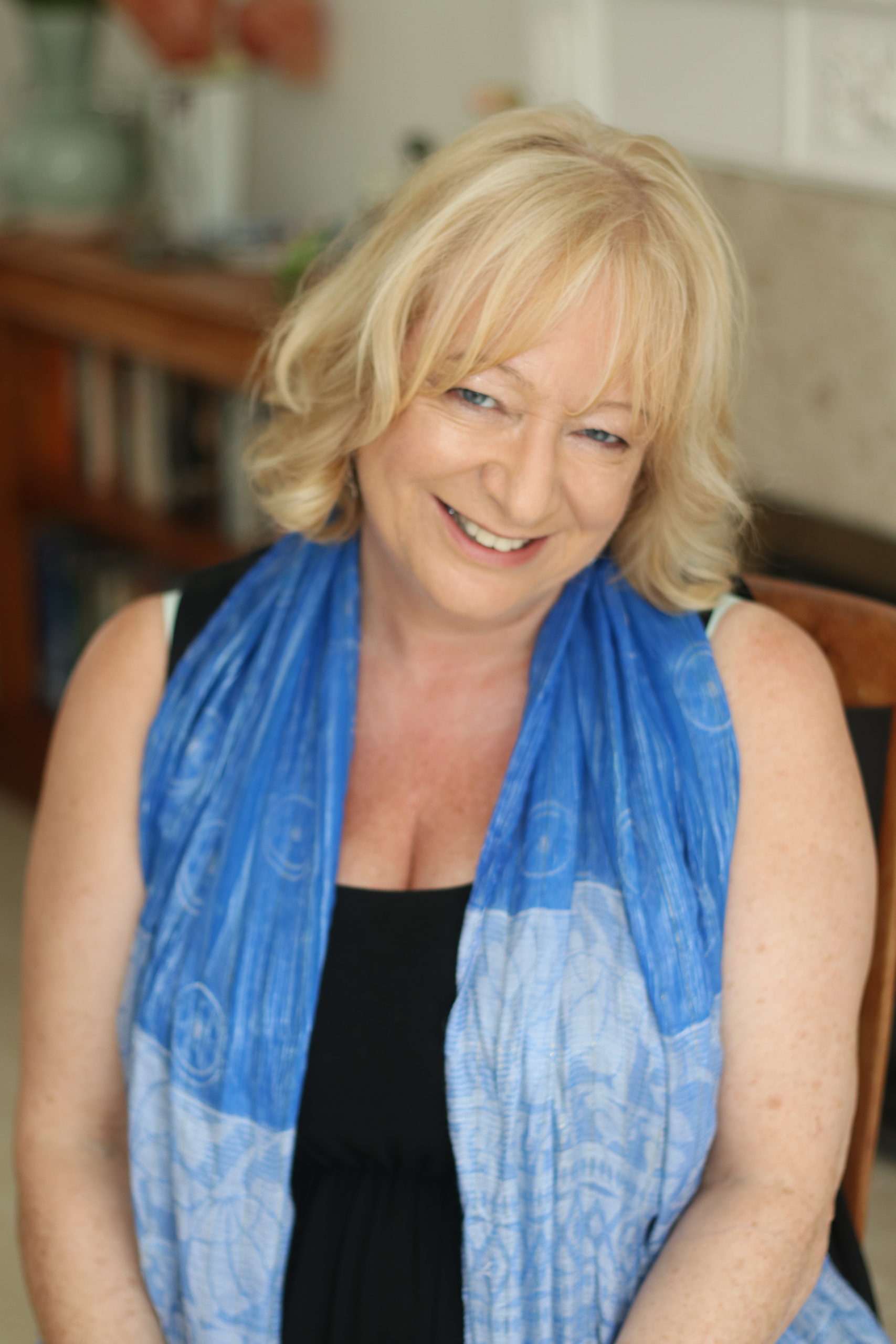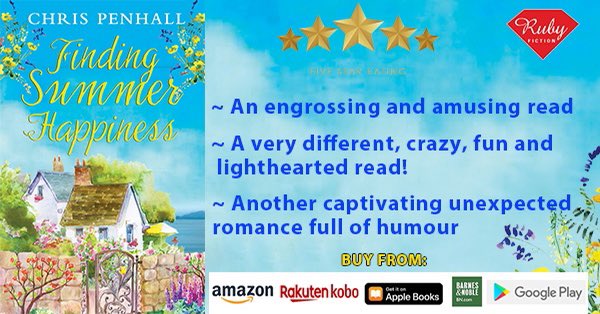I am very happy to welcome author Emma Bennet to my blog for an interesting #WritingWednesday post about utilising YouTube as a writer. Over to you, Emma …
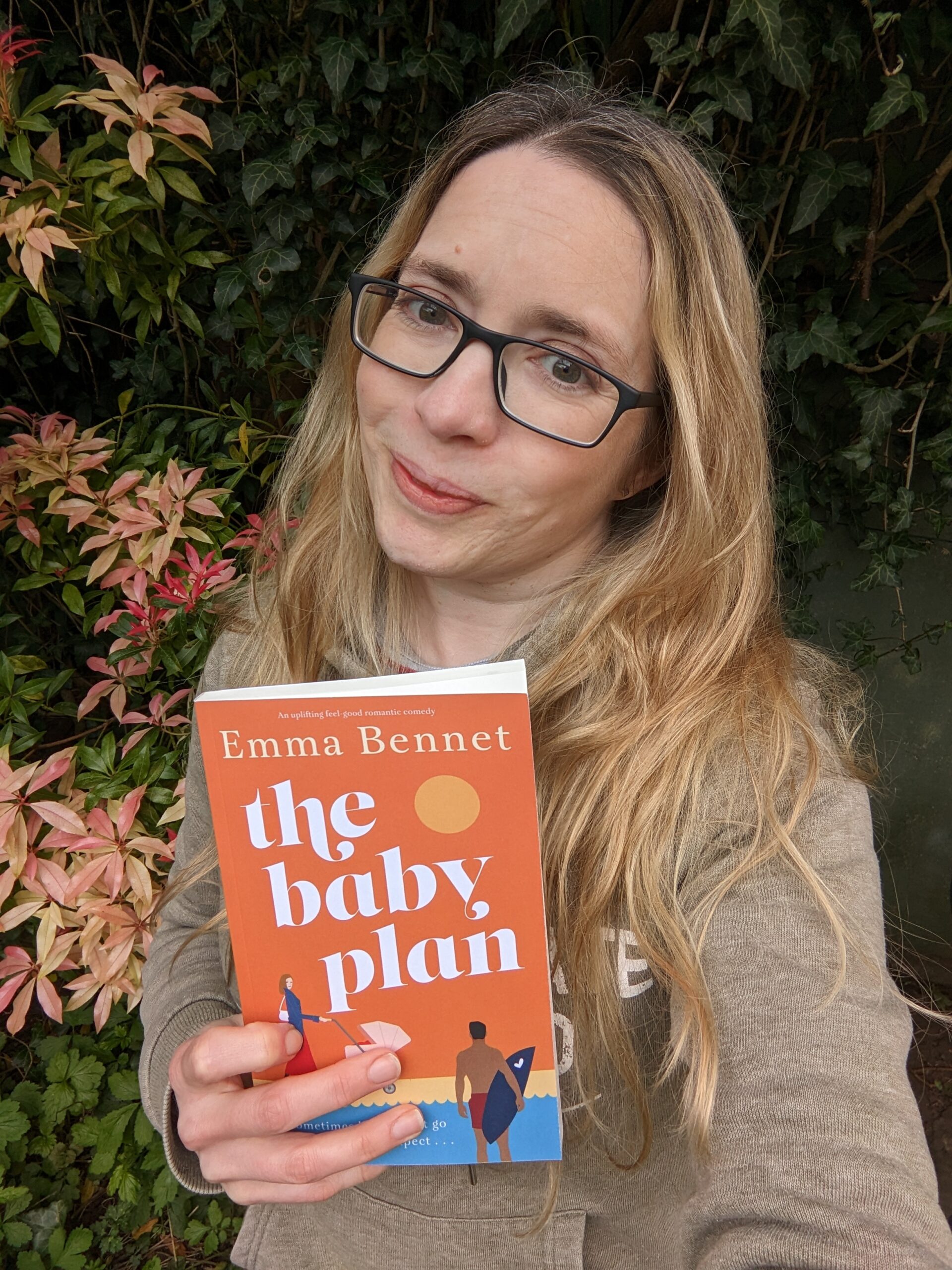 I discovered YouTube years ago for tutorials on how to fix stuff and productivity videos (my slightly weird obsession), but it was only after watching for quite a while that I stumbled upon the little corner of YouTube known as Authortube. About six months after that, I started my own channel and haven’t looked back!
I discovered YouTube years ago for tutorials on how to fix stuff and productivity videos (my slightly weird obsession), but it was only after watching for quite a while that I stumbled upon the little corner of YouTube known as Authortube. About six months after that, I started my own channel and haven’t looked back!
Authortube is home to videos made by writers for writers and is the most amazing free resource. It costs absolutely nothing to subscribe to any of the many channels on YouTube and yet there are many benefits to checking out at least some of them.
The most obvious sort of video that will help you as a writer is how-to videos. These can really be divided into how-to videos concerning writing craft, and how-to videos about actually publishing your book.
In terms of writing craft, Brandon Sanderson’s lecture series is probably the most famous video available on YouTube, but you’ll also find writing advice from best-selling authors on hundreds of channels. YouTube University at its finest!
How to publish your book videos are possibly the most useful resource on YouTube for aspiring authors. Authors who have been there, done that, and got the t-shirt share their wealth of knowledge in both traditional and self-publishing, with both general advice and step-by-step tutorials, helping you to avoid the many pitfalls in the industry.
The next form of videos for writers are vlogs, where other writers share their experiences, either with their actual writing or with writing-related activities like author signings for example. Writing can sometimes feel like a lonely old business, and these vlogs show you that others are going through the same things and maybe offer some ideas of stuff you can try. I particularly enjoy a good writing challenge vlog!
Finally, we have live writing sprints. These are usually scheduled so you can plan which to join, but replays can also be enjoyed. There’s generally some chat from the host and cohosts, if there are any, and then timed writing sprints take place. You can comment on live chat, and it’s a great way to get accountable for your writing.
What I love most about Authortube is the community. The support I have found there since starting my own channel, particularly during live writing streams, is unparalleled and I have made writing friends for life from all over the World. We cheer each other on and help one another out and I don’t know what I’d do without them now.
My own YouTube channel, which is a mixture of tips and tricks for writers, book recommendations, author life vlogs and live writing streams, can be found here.
About Emma’s latest book:
Sometimes life doesn’t go exactly to plan . . .
London accountant Sophie unexpectedly becomes the stand-in mum for her estranged sister’s eight-month-old baby, Alana. She didn’t even know she had a niece! She’s wildly out of her depth.
Then her life is turned upside down all over again by the appearance of a Thor lookalike on her doorstep. Apparently, six-foot surfer Samson is Alana’s father. And he also just discovered the existence of this adorable baby.
Sophie is not prepared to hand over her niece to an equally clueless stranger, so they come up with a plan: Sophie and Alana will move into Samson’s spare bedroom in Brighton until they work out what to do.
As they settle into changing nappies and nighttime feeds, Sophie finds it hard to ignore the way her heart somersaults whenever Samson looks at her. But he already has a girlfriend, who’s made it very clear that Sophie and Alana are in the way.
The more Samson and Sophie bond with little Alana, they can’t ignore the obvious attraction between them. But can they put their feelings aside and stick to the plan?
Discover more and purchase here.
About the author:
Emma grew up and lived in London, before falling in love and moving to Wales to marry her own hero. Emma now lives with her husband, four children, and many animals a few miles outside of a small Welsh market town. She can often be found in rivers attempting to control two overexcited chocolate labradors.
Discover more about Emma Bennet and her books here: website | Instagram | TikTok | Facebook | Twitter
